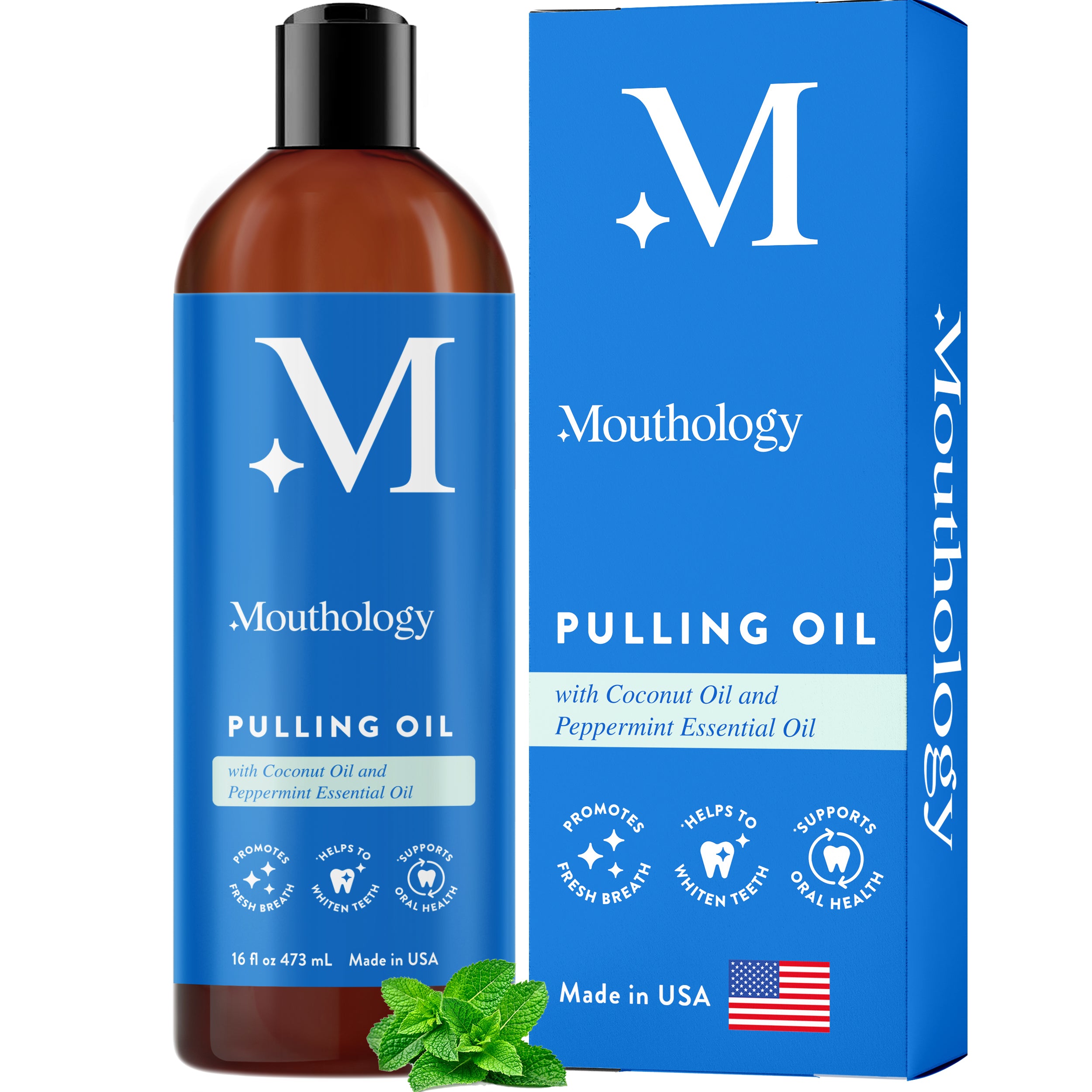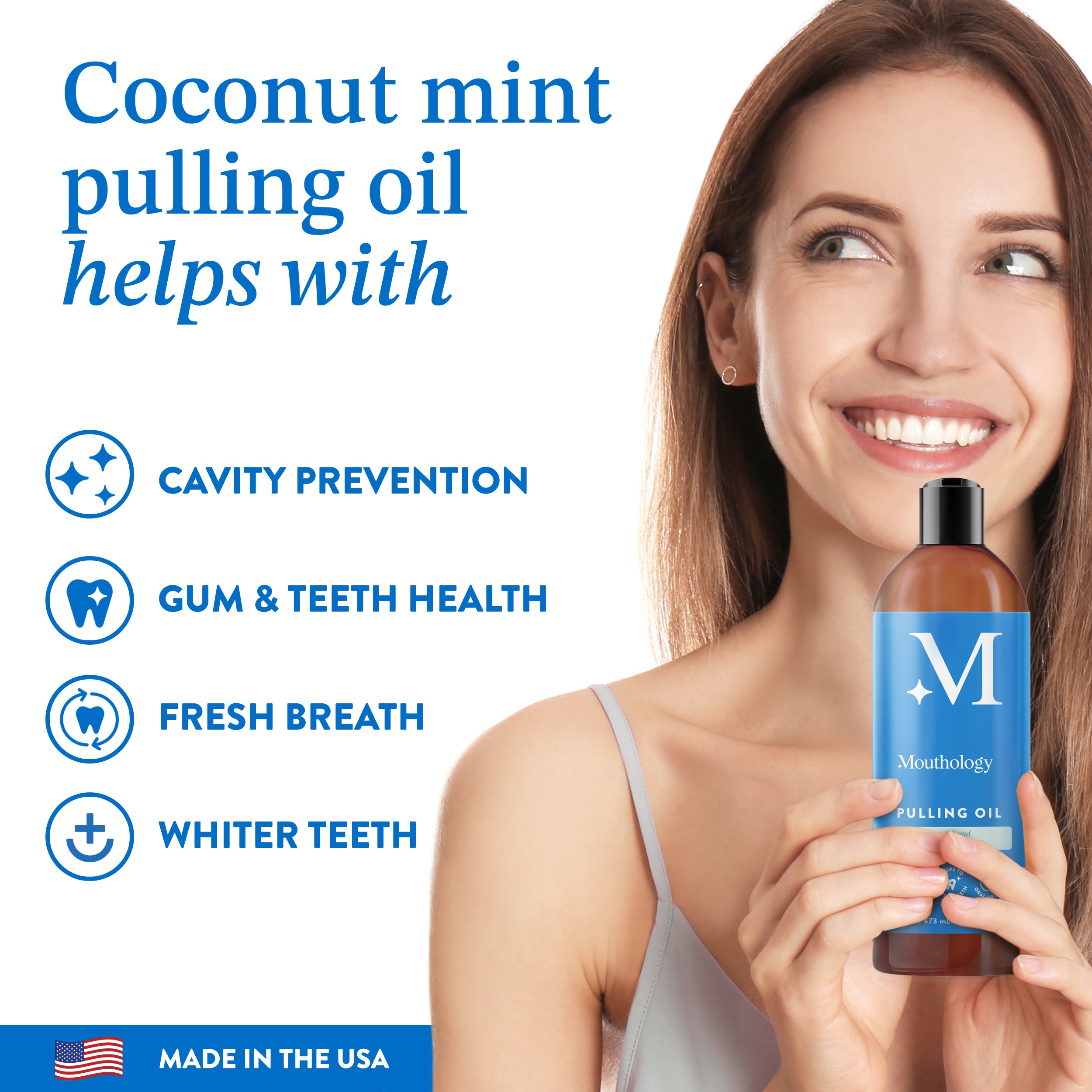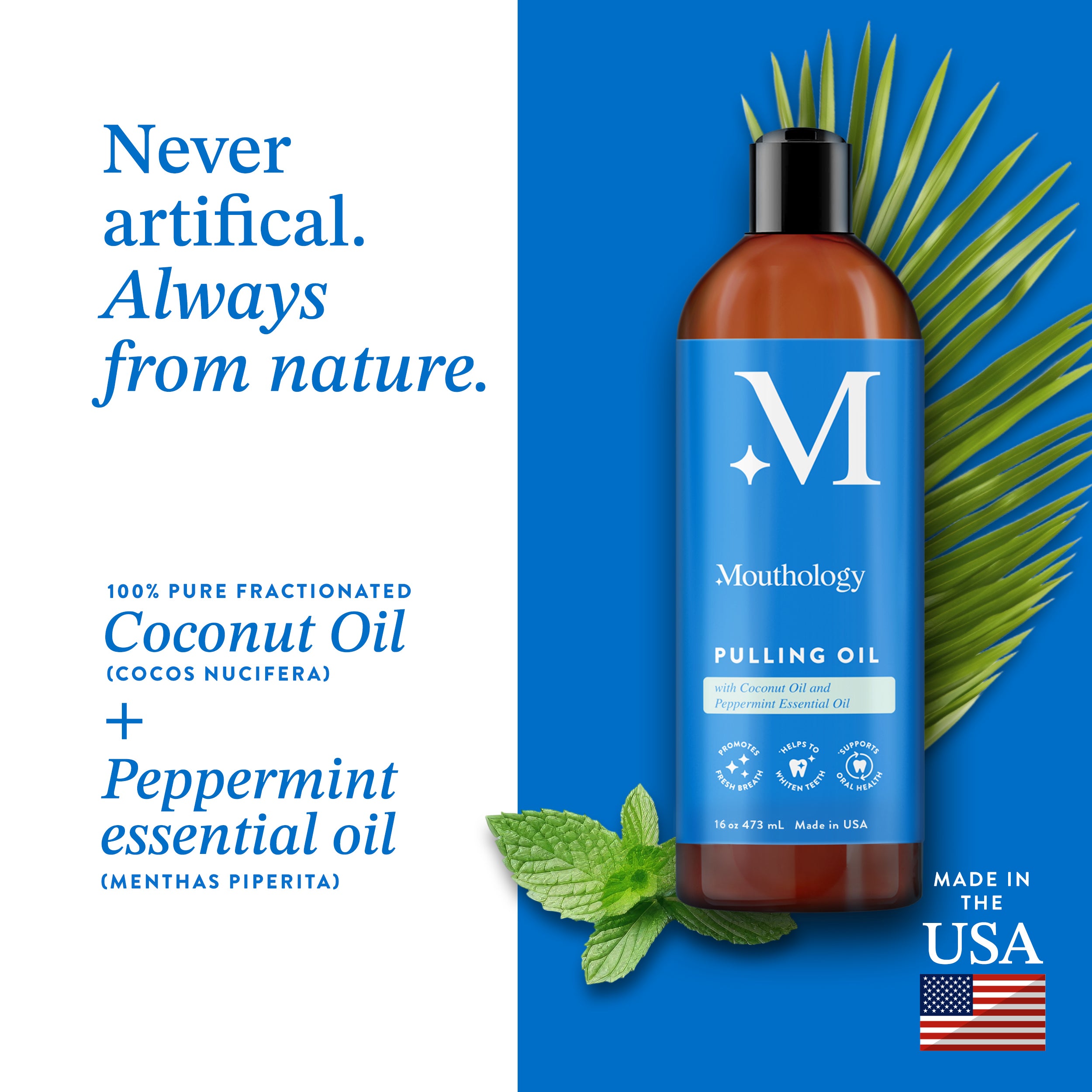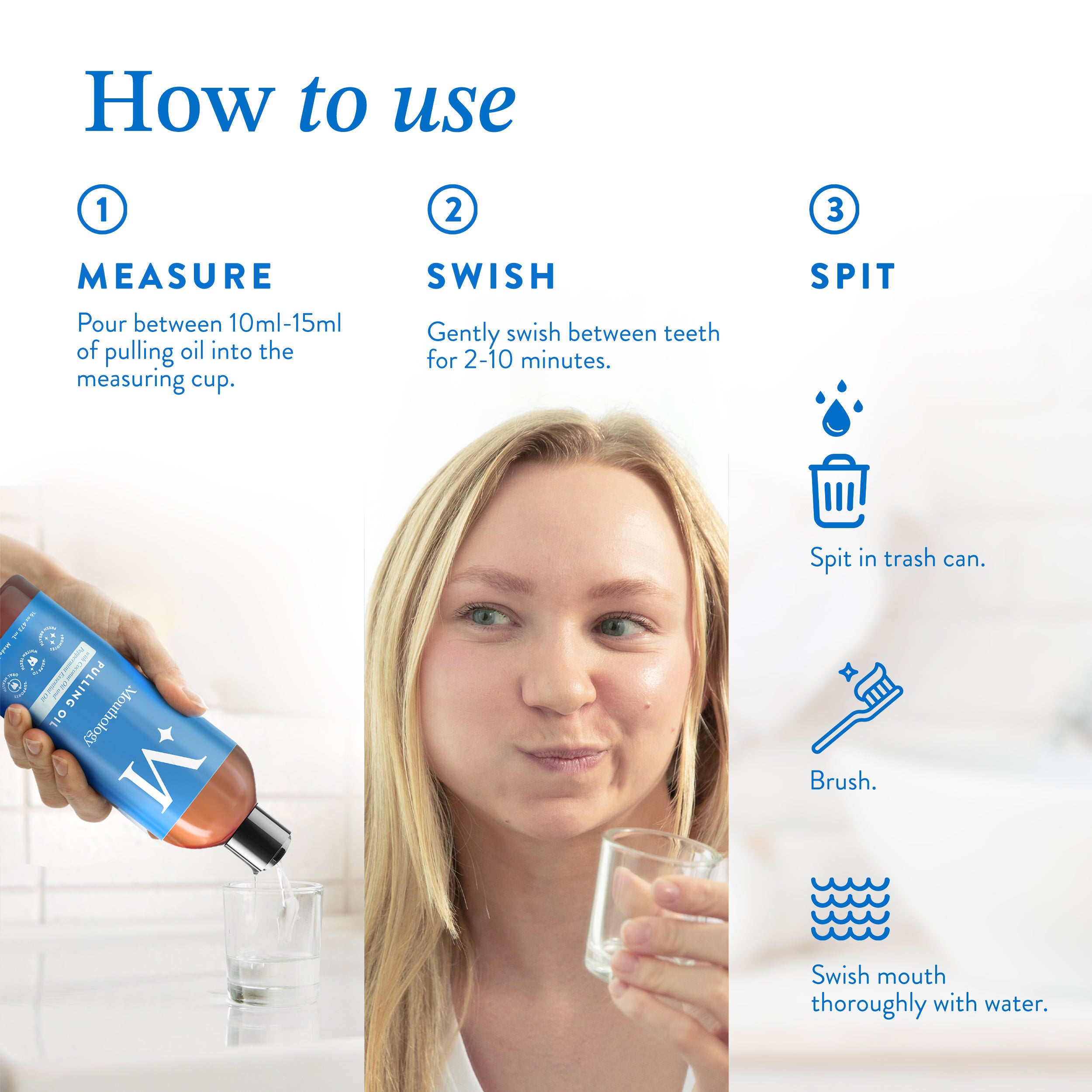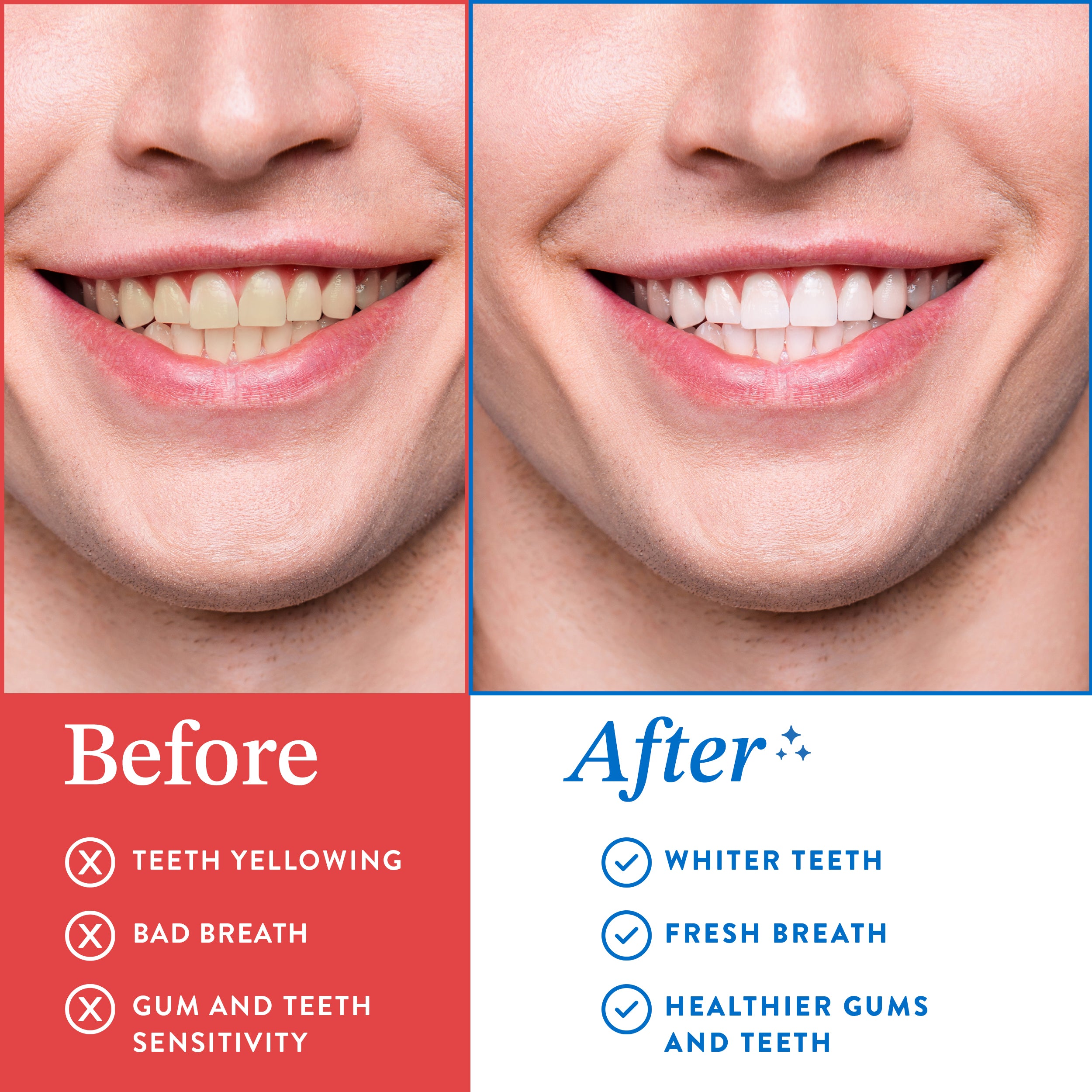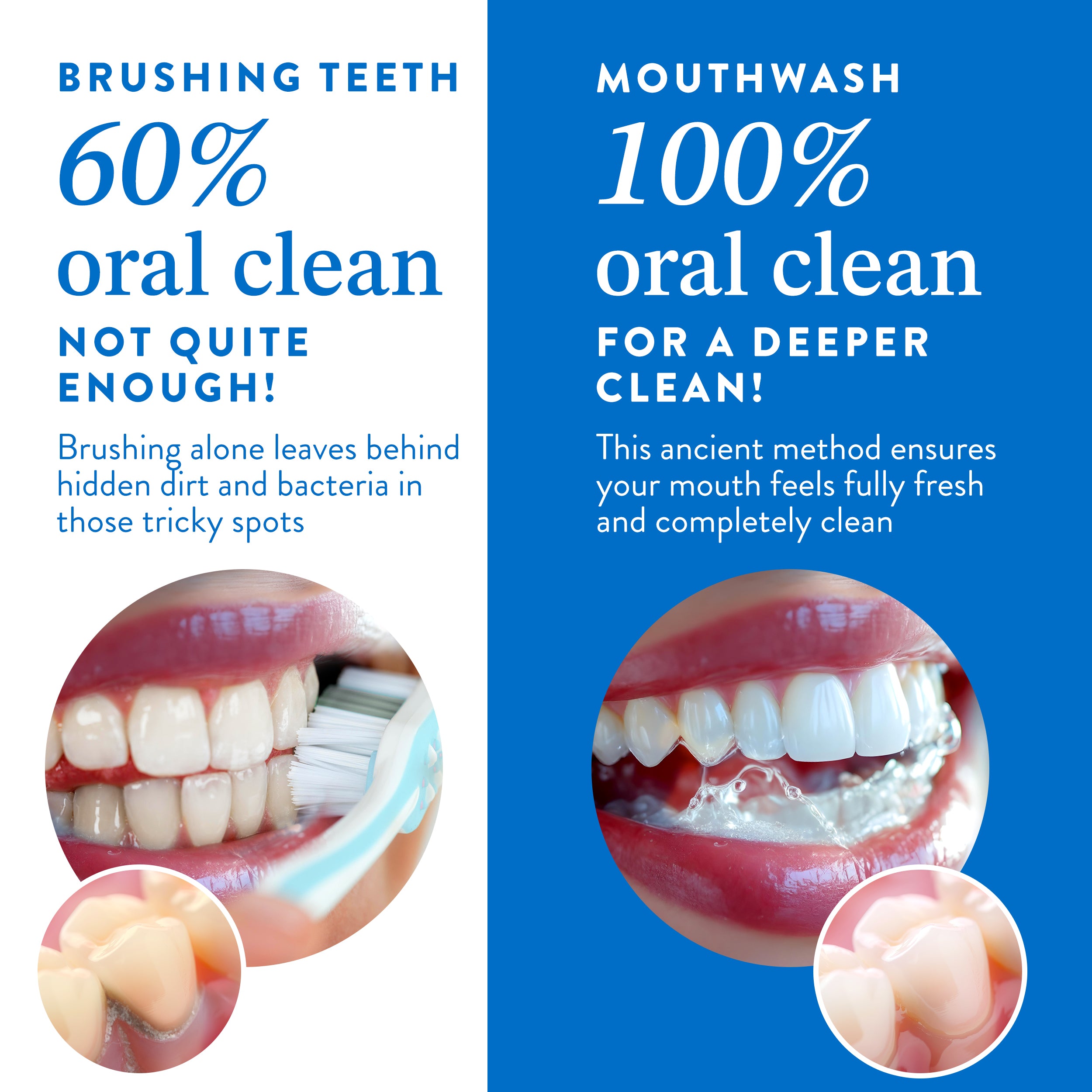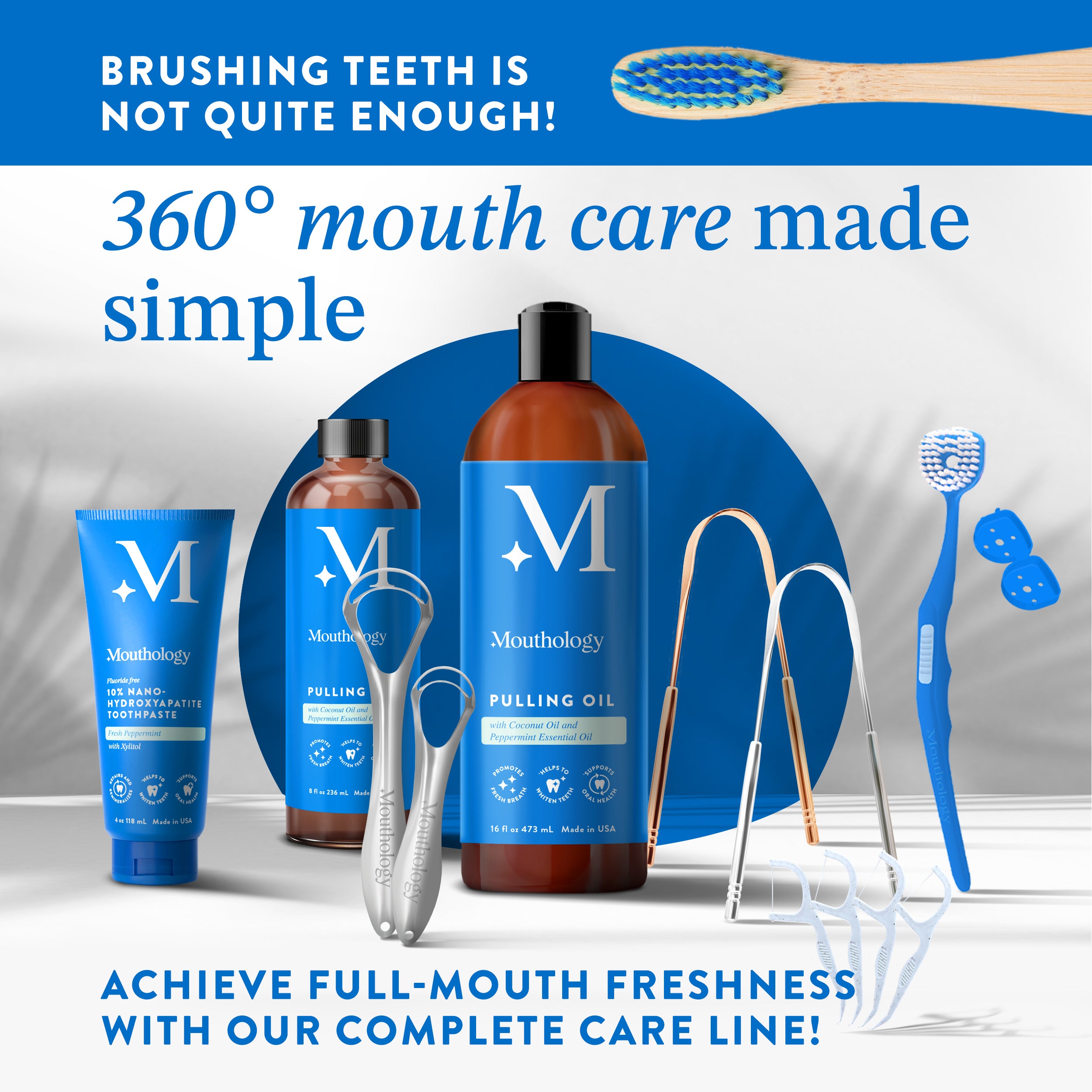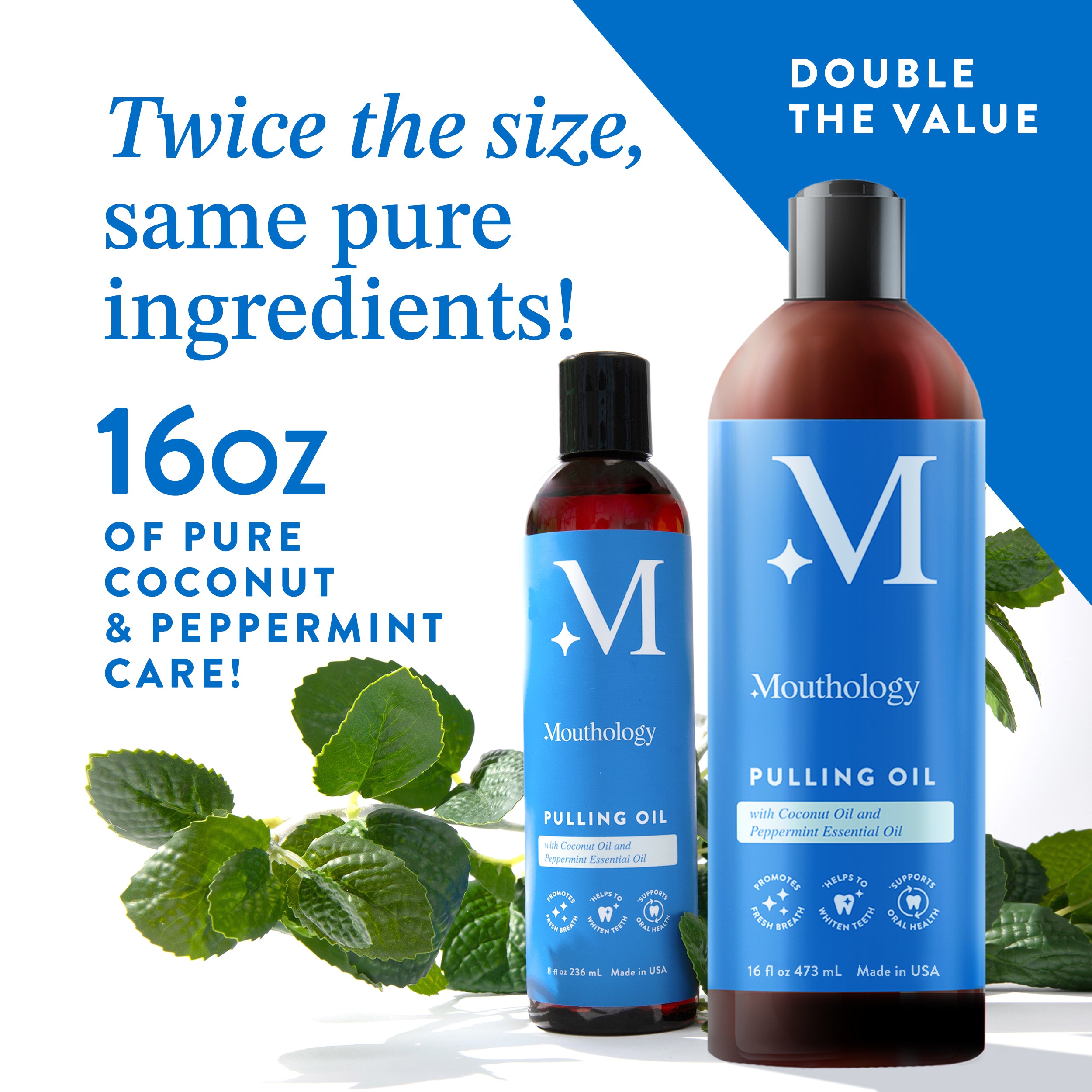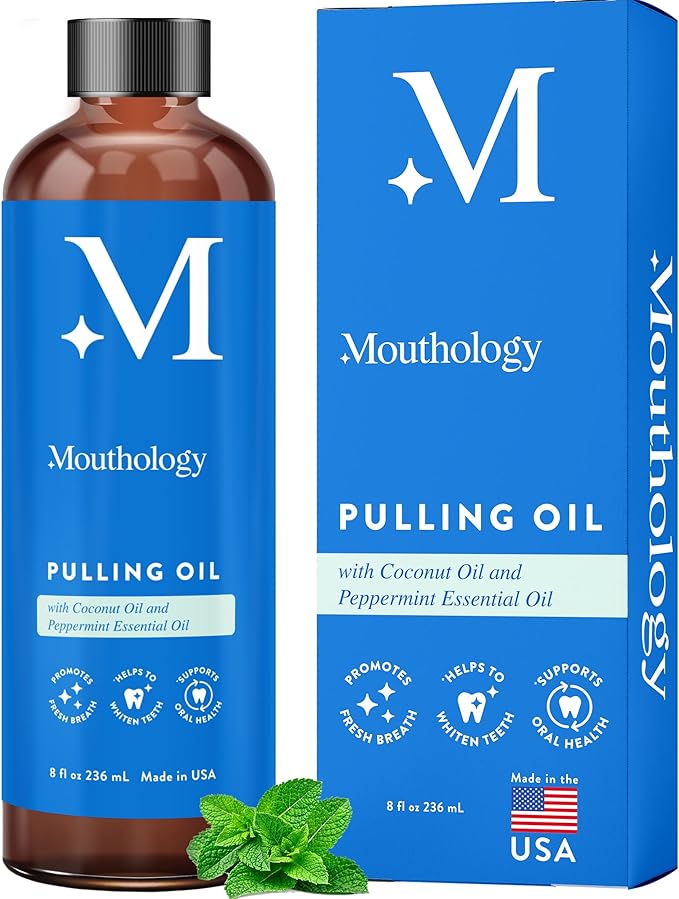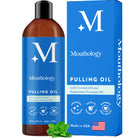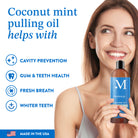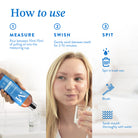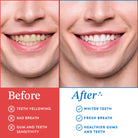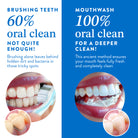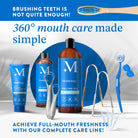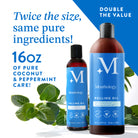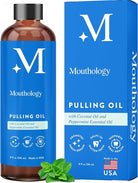Coconut Peppermint Pulling Oil
$9.99
Unit price
/
Unavailable
Couldn't load pickup availability
Kickstart your morning or end your day on a fresh note with Mouthology’s Pulling Oil. It’s more than a mouthwash – it’s a holistic, modern approach to mouth health, with roots in ancient Ayurvedic medicine.
Our all-natural formula is made with two powerhouse ingredients – fractionated coconut oil and peppermint essential oil:
-Coconut oil gently waves bacteria and food particles goodbye
-While peppermint oil gives you that minty-fresh mouthfeel
Coconut Peppermint Pulling Oil
